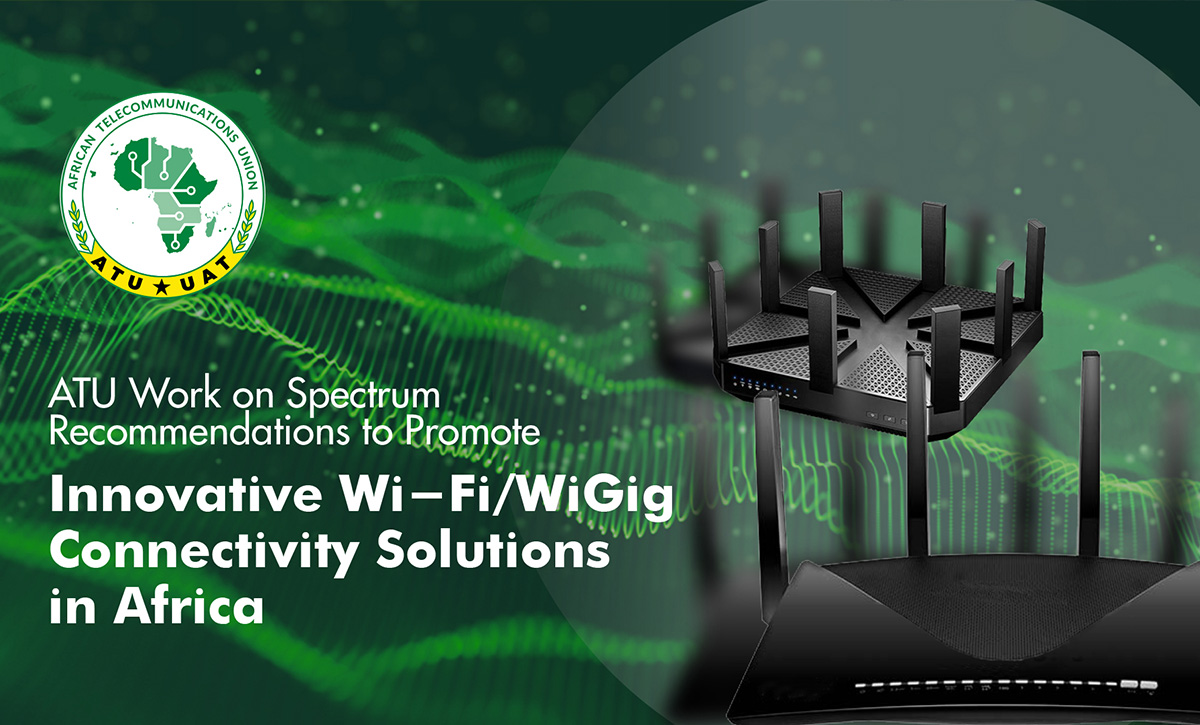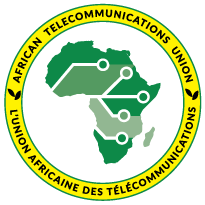Bringing connectivity to all requires a mix of technical solutions. Today, majority of Africans are not connected to the Internet and for those that have connectivity, many face various challenges such as poor connectivity and interruptions just to mention a few. Additionally, the COVID-19 pandemic has resulted in people commuting less and working from home more; resulting in telecoms operators experiencing greater demand for broadband internet access. These broadband services need to be supported by high quality Wi-Fi, the distribution mechanism of choice for broadband in most countries.
Currently, Africa is at a pivotal point with regard to the future of Wi-Fi and WiGig, a major driver of economic growth and societal development. With suitable spectrum in short supply for the continued growth/expansion of Wi-FiGig, there is an urgent need to open up the 6 GHz band for use by Wi-Fi and other technologies on a license-exempt basis. This is already happening in some countries and is driving the development of an equipment ecosystem for Wi-Fi in the 6 GHz band (Wi-Fi 6E) and explains the importance of enabling license-exempt access the 6 GHz band (5 925 – 7125 MHz) to support 5G.
At any rate, Wi-Fi is a cost-effective technology that is widely used to connect a broad variety of devices, from tablets and mobile phones to television, cameras and speakers. It has replaced the LAN (Local Area Network) cable for employees in organisations and people at home. When people attend a conference, visit a new office or home, one of their first acts is to connect to the local Wi-Fi network.
As an additional means of connectivity, WiGig was first announced in 2009 by the Wireless Gigabit Alliance, which is a trade association advocating for this technology. The original version of WiGig, published in 2012, offers speeds of about 5 Gbps over a maximum distance of 10 meters. In 2013, the Wireless Gigabit Alliance closed and the Wi-Fi Alliance, the same body that oversees Wi-Fi standards like Wi-Fi 6 took over. “Wi-Fi certified WiGig” is now a Wi-Fi Alliance standard and a newer, faster standard named 802.11ay was published in 2019. WiGig can be used commercially in the enterprise environment or at home as it replaces cables between devices, enabling the always-on device connection and file transferring at the blink of an eye.
For Africa to fully take advantage of these emerging technologies, the ATU Task Group on emerging technologies that met from 24th to 27th November 2020 recommended among other things that African Administrations should review their national ICT policies, broadband strategy and digital economy strategy to incorporate the aforementioned needs for new technological development as well as review and modernize existing regulations to adapt to new technological developments including the elimination of regulations that have outlived their original purpose, or that create unnecessary burdens which negatively impact deployment and adoption.
The Task Group also recommended that African Administrations should perform regular technology reviews every four years in order to analyse whether the frequencies available for unlicensed usage are sufficient to cater for the expected demand and to support innovation. The Task Group also gave pointers on principles of effective spectrum policies. The full and final set of recommendation is to be concluded by 30th April 2021.


